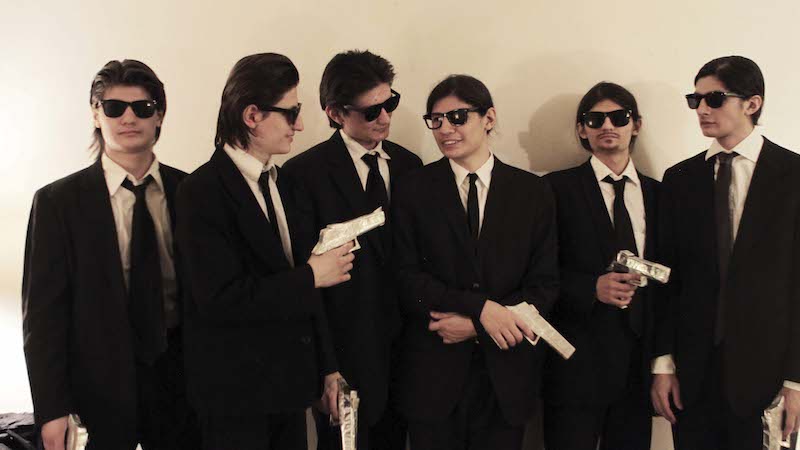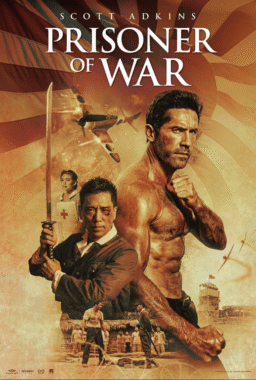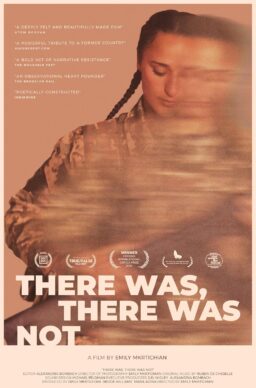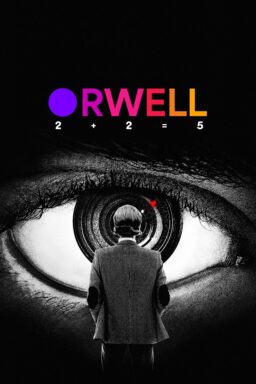Few art forms routinely prove to be as vital and engaging as the documentary feature. Each year, documentaries shed light on stories of such powerful depth and originality that they put the majority of Hollywood blockbusters to shame. In the first half of 2015, there have already been enough great documentaries released to comprise a top ten list. We’ve seen profoundly moving character studies (Dan Rybicky and Aaron Wickenden’s “Almost There,” Kim Longinotto’s “Dreamcatcher”), scathing exposés (Alex Gibney’s “Going Clear: Scientology and the Prison of Belief,” Kirby Dick’s “The Hunting Ground”), provocative explorations of musical genius (Asif Kapadia’s “Amy,” Ethan Hawke’s “Seymour: An Introduction”) and poignant profiles of childhood icons (Dave LaMattina and Chad N. Walker’s “I am Big Bird: The Carol Spinney Story,” Matt Wolf’s short “It’s Me, Hilary: The Man Who Drew Eloise”). Two other treasures delve into unorthodox obsessions shared by a family, whether it be history (Peter W. Kunhardt and Brian Oakes’s “Living with Lincoln”) or cinema (Crystal Moselle’s “The Wolfpack”).
With this group of pictures, 2015 would already rank as one of the best years for documentaries in recent memories, and yet, the year is just warming up. From June 17th through the 21st, I’ll be in Washington D.C. covering the AFI Docs film festival, featuring 81 pictures from directors both fresh-faced and revered. While perusing the festival’s online film guide, I became increasingly excited by the sheer number of enticing titles scheduled to screen over a mere five days. The roster of talent represented at this festival is formidable, to say the least. Filmmaking legends Barbara Kopple (“Hot Type: 150 Years of the Nation”) and the late Albert Maysles (“In Transit”), as well as acclaimed directors Joshua Oppenheimer (“The Look of Silence”) and Gibney (“Steve Jobs: The Man in the Machine”) are all scheduled to have new features presented this year.
Stanley Nelson, one of cinema’s great chroniclers of civil rights history (“Jonestown: The Life and Death of Peoples Temple,” “Freedom Riders,” “The Murder of Emmett Till”), will be one of the festival’s most cherished guests. Nelson will be onstage discussing his career during the Guggenheim Symposium, while his latest picture (“The Black Panthers: Vanguard of the Revolution”) is guaranteed to be among the hottest tickets at AFI Docs. Opening the festival is “Best of Enemies,” from the directorial duo of Robert Gordon and Morgan Neville, the latter of whom won an Oscar for “Twenty Feet From Stardom.” His new film recounts the 1968 televised debates between liberal Gore Vidal and conservative William F. Buckley Jr., and will undoubtedly get a rise out of the D.C. crowd.
Moselle’s “The Wolfpack,” which garnered the Grand Jury Prize at Sundance, is the only film on the screening calendar that I have previously seen, and it is sure to be a particular favorite among cinephiles. Like another of this year’s big Sundance winners, Alfonso Gomez-Rejon’s “Me and Earl and the Dying Girl,” Moselle’s film centers on young men who bond through videotaping their own meticulous recreations of their favorite films. Yet whereas this activity sprung naturally from the alienation and narcissism of the adolescent protagonists in “Me and Earl,” the six movie-loving brothers in “The Wolfpack” have deeper reasons for escaping into the realm of celluloid fantasy. Essentially held prisoner by their domineering father in a small apartment for the entirety of their upbringing, these siblings embraced films as their sole portal to the outside world. Though the motivations of the father remain murky at best (he considers himself “a victim of circumstances”), the film becomes especially compelling as the boys—one by one—rebel against their father, inspiring their mother to call her own mom for the first time in fifty years. The movie recreations are a joy to watch, from one kid’s spot-on impression of a dying Tim Roth in “Reservoir Dogs” to another kid’s Bane costume constructed out of cereal boxes and yoga mats. The most potent footage, however, is saved for the very end, as we catch glimpses of the brothers’ first original production, a hauntingly impressionistic portrayal of the turbulent emotions that passed through their mind while staring for years out their slender apartment window.
Stay tuned this week for my dispatches from AFI Docs, as I highlight the latest discoveries well worth taking a trip to see at the nearest art house, or at the very least, moving to the top of your Netflix wish list.












